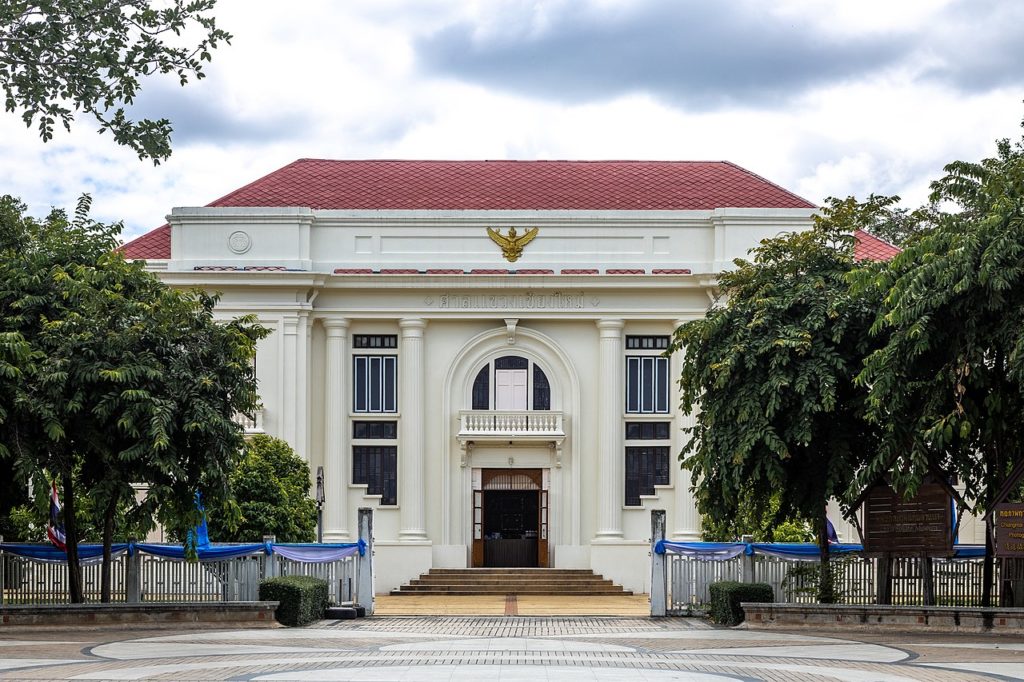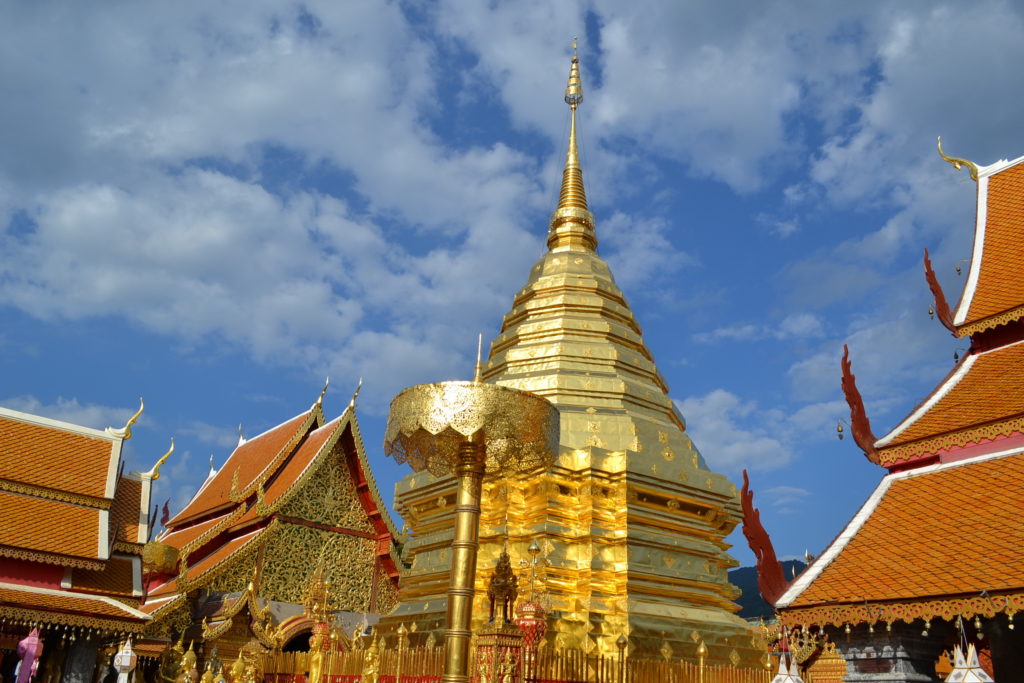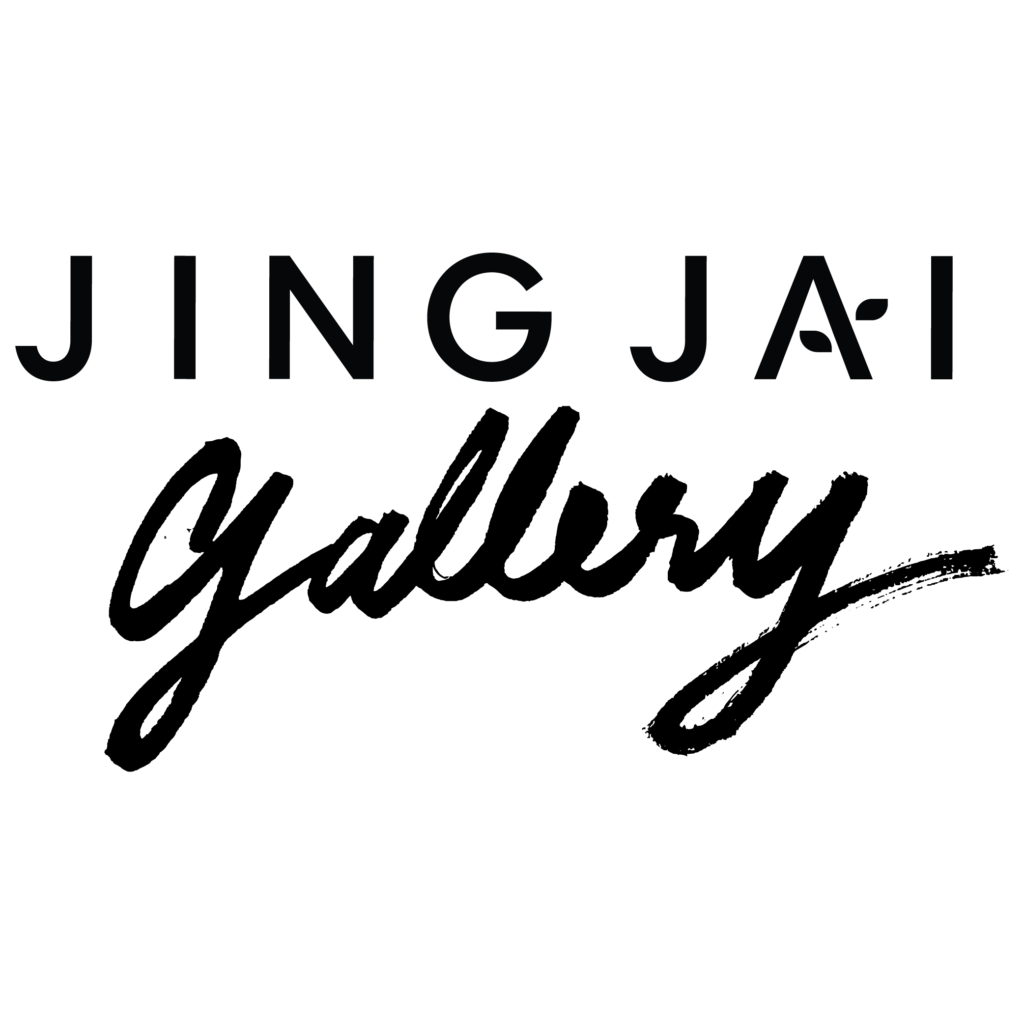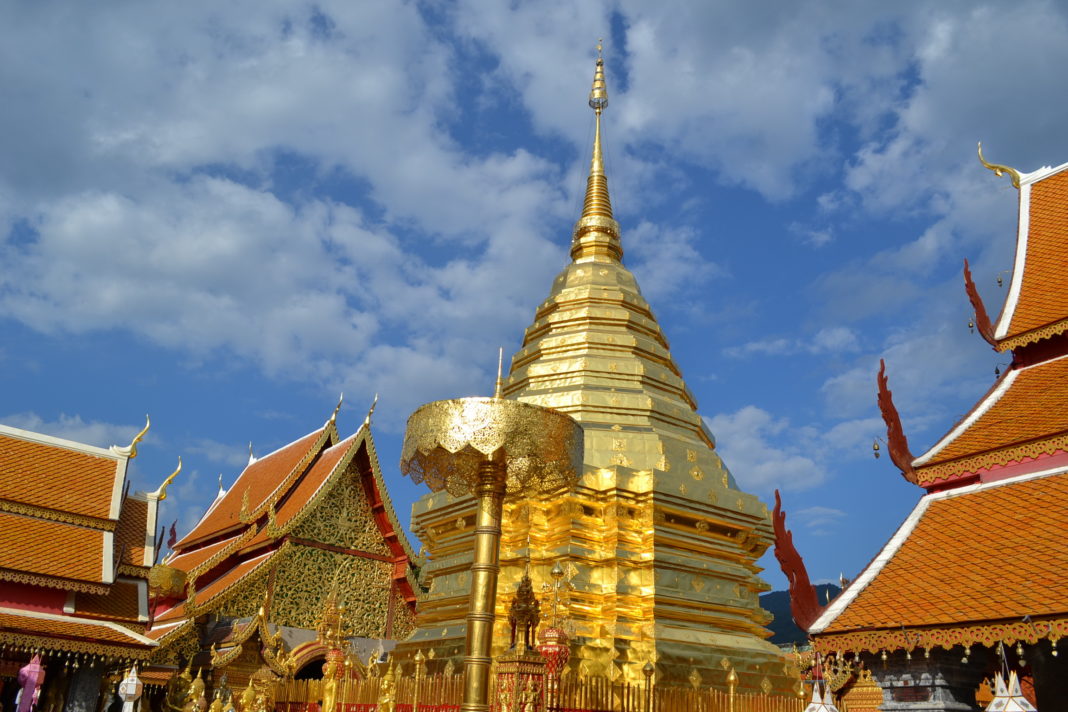The influx of foreign traders ignited a culture of fine craftsmanship, particularly in silk embroidery, wood carving, lacquerware and pottery. It was also during this era that many Buddhist temples were built – some of which remain prominent to this day.
Today, Chiang Mai is a lot less medieval yet undeniably full of flair. Within the craggy brick walls and hand-carved moats of the Old City, a host of historic sites, art spaces, stylish stays and good eats await.
Get acquainted with old Lanna
Much of the culture in northern Thailand today is a holdover from the Lanna Kingdom, which spanned more than seven centuries. In fact, they even had a different language before being annexed into Siam in 1887.
 The Lanna Folklife Museum, housed in a 1930s courthouse building, offers a well-curated window into the kingdom’s history, rituals, attire and tools. Highlights include a stunning textile collection and an extensive showcase of Buddhist art and sculptures.
The Lanna Folklife Museum, housed in a 1930s courthouse building, offers a well-curated window into the kingdom’s history, rituals, attire and tools. Highlights include a stunning textile collection and an extensive showcase of Buddhist art and sculptures.
You can also have a field day at the Lanna Traditional House Museum. Dotting the expansive, leafy grounds are eight vernacular houses gorgeously crafted from solid teak and distinctly northern with their gabled roofs and wooden panels etched with flower and bird motifs.
Go on a temple run
There are hundreds of temples in Chiang Mai, each with their own traits and tales.
Among the must-visits is Wat Phra That Doi Suthep, built in 1383. The centrepiece here is a gilded stupa flanked by various Buddha sculptures as well as chatra (umbrellas) on each of the four corners, making the complex a dazzling gem atop a densely green, 1,055 metre-tall mountain.
 Wat Umong is a 6-hectare forest monastery with a Sukhothai-style stupa and underground tunnels lined with Buddha images and fragmented murals. It was said to have been constructed a year after the city’s founding to keep a mad monk from wandering into the forest.
Wat Umong is a 6-hectare forest monastery with a Sukhothai-style stupa and underground tunnels lined with Buddha images and fragmented murals. It was said to have been constructed a year after the city’s founding to keep a mad monk from wandering into the forest.
Within the Old City itself, the beautiful Wat Phra Singh remains the area’s largest since its establishment in 1345, while Wat Phan Tao is especially breathtaking during the annual lantern festival of Yi Peng. There’s also Wat Buppharam, notable for its statue of Donald Duck eating a bowl of noodles.
Explore the vibrant art scene
MAIIAM Museum of Contemporary Art is a 3,300-square metre space with an impressive collection of neo-traditional Thai paintings, as well as rotating artworks by Southeast Asian artists. The building itself is a talking piece, with its striking facade made with thousands of small mirrored tiles.
 Another trendy spot is Jing Jai Gallery, which has thematic exhibitions that change every few months. Come here on a weekend morning for its bohemian chic Farmers’ Market, bustling with stalls selling crafts, vintage clothing, as well as fresh organic produce.
Another trendy spot is Jing Jai Gallery, which has thematic exhibitions that change every few months. Come here on a weekend morning for its bohemian chic Farmers’ Market, bustling with stalls selling crafts, vintage clothing, as well as fresh organic produce.
Nestled within a quiet, tree-lined alley in the hip Nimmanhaemin neighbourhood is Gallery Seescape, one of Thailand’s best spaces for modern art. Just a few minutes’ walk away is Art Mai Gallery Hotel, a boutique property with one-of-a-kind rooms designed by renowned Thai artists.
Chow down the world’s best soup dish
There’s a reason why visitors who have travelled to Chiang Mai and eaten khao soi gai won’t shut up about it. It’s the same reason why, no matter where in town you stay, there will always be a place nearby that serves it.
This dish is bussing. Or, in the words of Anthony Bourdain, “God damn, that’s good”.
 Coconut milk, chicken drumstick and egg noodles form the core of this full-bodied curry soup. Adding a crunchy kick are the curly, crispy noodles and, to subdue the richness, a squeeze of lime with a side of sliced shallots and pickled Chinese mustard.
Coconut milk, chicken drumstick and egg noodles form the core of this full-bodied curry soup. Adding a crunchy kick are the curly, crispy noodles and, to subdue the richness, a squeeze of lime with a side of sliced shallots and pickled Chinese mustard.
Little is known about the true origins of this iconic northern Thai treat. A popular theory is that Chinese Muslim traders from Yunnan influenced its creation, while others believe khao soi has been the comfort food of the Lanna people for centuries.
According to airasia.com














